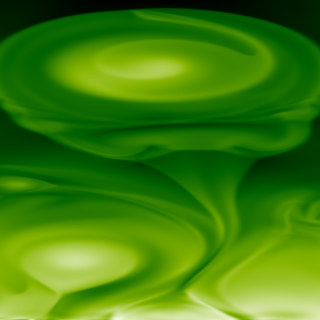Bibcode
Bonet, J. A.; Cabello, I.; Sánchez-Almeida, J.
Bibliographical reference
Astronomy and Astrophysics, Volume 539, id.A6
Advertised on:
3
2012
Journal
Citations
15
Refereed citations
12
Description
Context. The quiet Sun magnetic fields produce ubiquitous bright points
(BPs) that cover a significant fraction of the solar surface. Their
contribution to the total solar irradiance (TSI) is so-far unknown. Aims: We aim at measuring the center-to-limb variation (CLV) of the
fraction of solar surface covered by quiet Sun magnetic bright points.
The fraction is referred to as the fraction of covered surface (FCS).
Methods: We count the area covered by BPs in G-band images
obtained at various heliocentric angles with the 1-m Swedish Solar
Telescope on La Palma. We restore the images to bring them close to the
diffraction limit of the instrument (~0'.1). Results: The FCS is
largest at the disk center (≃1%), and then drops down to become
≃0.2% at μ ≃ 0.3 (where μ is the cosine of the
heliocentric angle). The relationship has a large scatter, which we
evaluate by comparing different subfields within our FOVs. We develop a
toy-model to describe the observed CLV, which considers the BPs as
depressions in the mean solar photosphere characterized by a depth, a
width, and a spread in the inclinations. Although the model is poorly
constrained by observations, it shows the BPs to be shallow structures
(depth < width) with a large range of inclinations. We also estimate
how different parts of the solar disk may contribute to the TSI
variations, finding that 90% is contributed by BPs with μ > 0.5,
and half of it is due to BPs with μ > 0.8.
Related projects

Numerical Simulation of Astrophysical Processes
Numerical simulation through complex computer codes has been a fundamental tool in physics and technology research for decades. The rapid growth of computing capabilities, coupled with significant advances in numerical mathematics, has made this branch of research accessible to medium-sized research centers, bridging the gap between theoretical and
Daniel Elías
Nóbrega Siverio